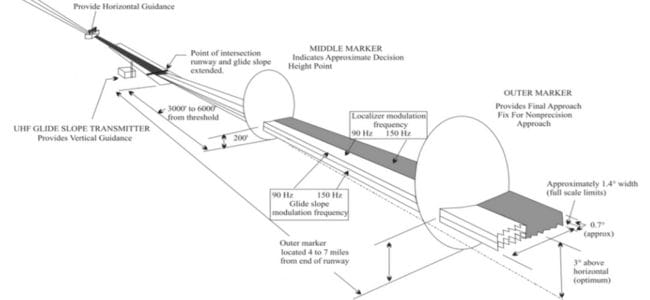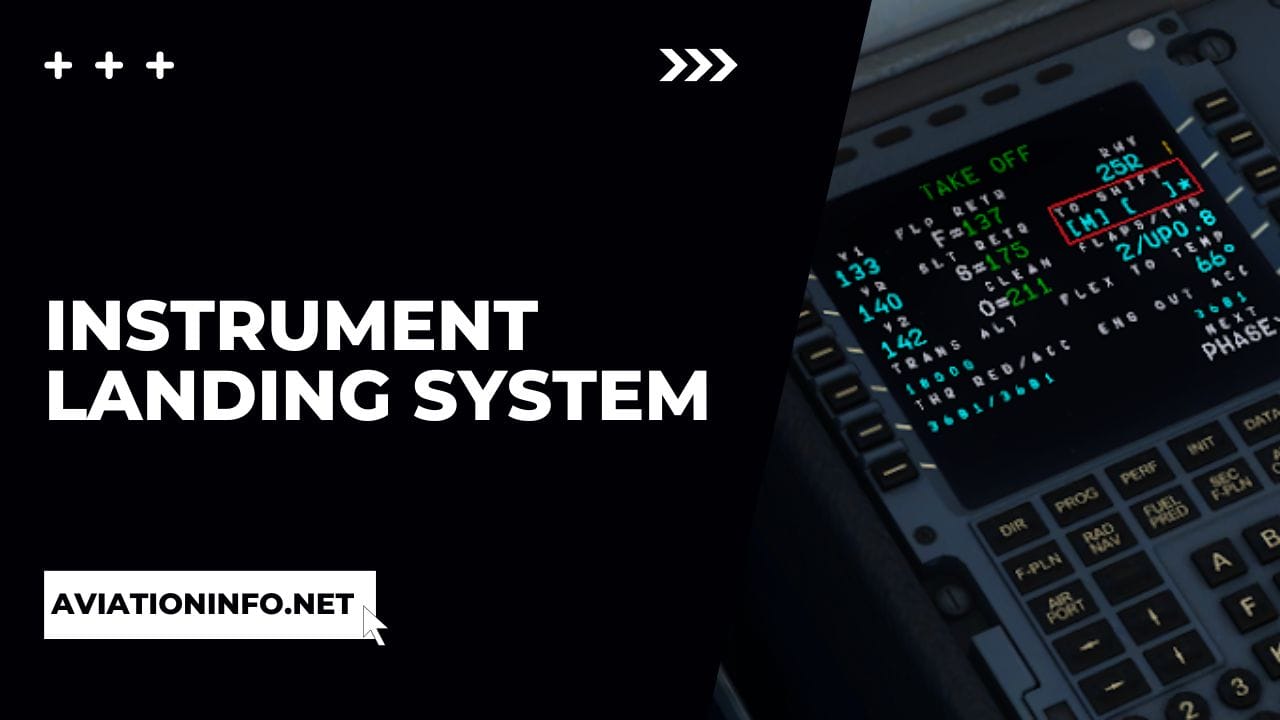On Instrument Approach Charts (IAPs), there are often instances in which the specific ILS approach is followed by a suffix, these suffixes can fall under letters -X, -Y, or -Z. So, what are the differences and reasoning behind these designations being assigned?
According to Chapter 4 of the Federal Aviation Administration’s Instrument Approach Guide, the reason behind these X/Y/Z designations is to provide a clear and distinct classification for 2 or more ILS approaches available to the same runway. The difference between such approaches is that often they will require different approach entry procedures and Decision Heights (DHs).
Due to these different approach procedures existing for the same runway ILS, there is a necessity for them to be differentiated. This is where the suffixes come into utilization. The pertinent ILS-X/Y/Z are each given separate approach charts with the respective operating procedures for that approach specified in each.
The differentiation in these designations intends to avoid duplication and errors being made by pilots if they are following the incorrect procedures for a specific approach.
What are the Differences?

When it comes to flying instrument approaches, there are requirements for specific navigational equipment to be available in order for the aircraft to be provided with guidance to the runway.
These navigational stations or aids have certain capabilities in terms of how they communicate with the aircraft’s onboard navigation systems.
On an ILS system, there are different components that provide vertical and lateral guidance to the aircraft on approach.
While a conventional ILS approach is comprised of both vertical and lateral navigational guidance, there can be deviations from this system.
These deviations can relate to the required procedures for conducting an ILS approach. Whether these deviations be related to landing minimums or other operational factors, they will be clearly specified on the respective approach charts.
On these charts, there will be procedures to follow in order to correctly fly the ILS approach. This may include utilizing specific on-ground navigational equipment or establishing the Minimum Descent Altitude (MDA) and Decision Height (DH) for the runway.
Procedures will also include cross-referencing approach fixes, altitudes and speeds to be followed on approach.
The approach plate will also give instructions regarding the Go-Around or Missed Approach altitude and holds to be flown.
Requirements or stipulations in terms of navigational equipment for flying the selected ILS approach will also be stated.
Which Should be Chosen?
The ILS -X/Y/Z to be flown should be chosen based on the aircraft’s navigational capabilities and the flight crew’s specific instrument rating certifications.
Aircraft are installed with avionics which includes navigational equipment used to fly instrument approaches. The range of such equipment installed and in serviceable condition will vary.
However, the more advanced and complex aircraft such as commercial airliners will typically have higher levels of capability for flying a wide range of instrument approaches.
Pilots who have commercial licenses and type ratings specific to an aircraft will have the proficient training and experience to conduct a wide range of approaches.
The ability for the flight crew to be approved to perform a wide range of instrument approaches offers flexibility when specific navigational equipment on an aircraft is inoperative.
This will mean a different form of instrument approach can be selected on the remaining operative equipment onboard the aircraft.
Once the arrival runway also has the pertinent infrastructure, the aircraft can conduct an instrument approach.
The high degree of backup systems in terms of multiple instrument approach options being available mitigates disruptions to operations.
Therefore, ILS approaches with multiple variations under -X/Y/Z greatly increase the instrument approach options available to the flight crew.
Read More:
Difference Between VOR and VORTAC
Difference Between ILS And LOC

After visiting more than 60 countries, I have probably been on every type of plane there is and visited countless airports. I did my very first international solo trip to South Africa at the age of only 16 and haven’t really stopped traveling since.
Despite the adventurous travel itch, I do have a nerdy side as well – which is satisfied by writing about all things aviation “too boring” for my regular travel blog.
